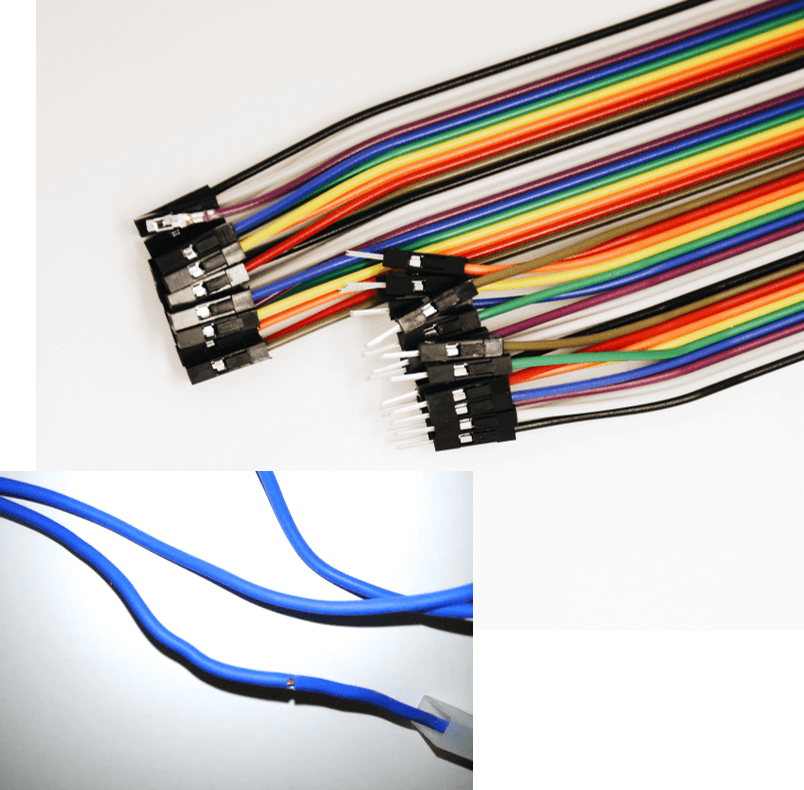What was the challenge or problem to solve?
As it is a critical component for the safety of the end user, the solution was obtained more urgently, and in addition, materials from other suppliers were analyzed with the aim of finding alternatives.
After a first inspection of the defective components, the forensic engineering work focused on analyzing the composition of the insulation and its mechanical resistance according to the ISO 527-1: 2019 standard.


How was it addressed or what was the solution?
To determine the failure mechanism, samples of the insulation of defective and non-defective cables were compared using thermogravimetry (TGA) and differential scanning calorimetry (DSC).
From these results, it was found that there was a higher% of organic loads in the defective insulation, which causes an increase in its insulation properties, but at the cost of a decrease in its elasticity.
The latter was validated experimentally by tensile tests with a universal testing machine.
Challenge
- Need to know the cause that generated breakage of the insulation.
- Search and testing of alternative materials and suppliers.
- Obtaining urgent results because they are critical components for the safety of the user of the product.
Solution
- Composition and thermal behavior analysis of the insulation.
- Reproduction of the failure of failure in the laboratory to validate the main hypothesis.
- Comparison of homogeneity of the same material and supplier, to select the one with the least deviation and therefore the most controlled batches.

